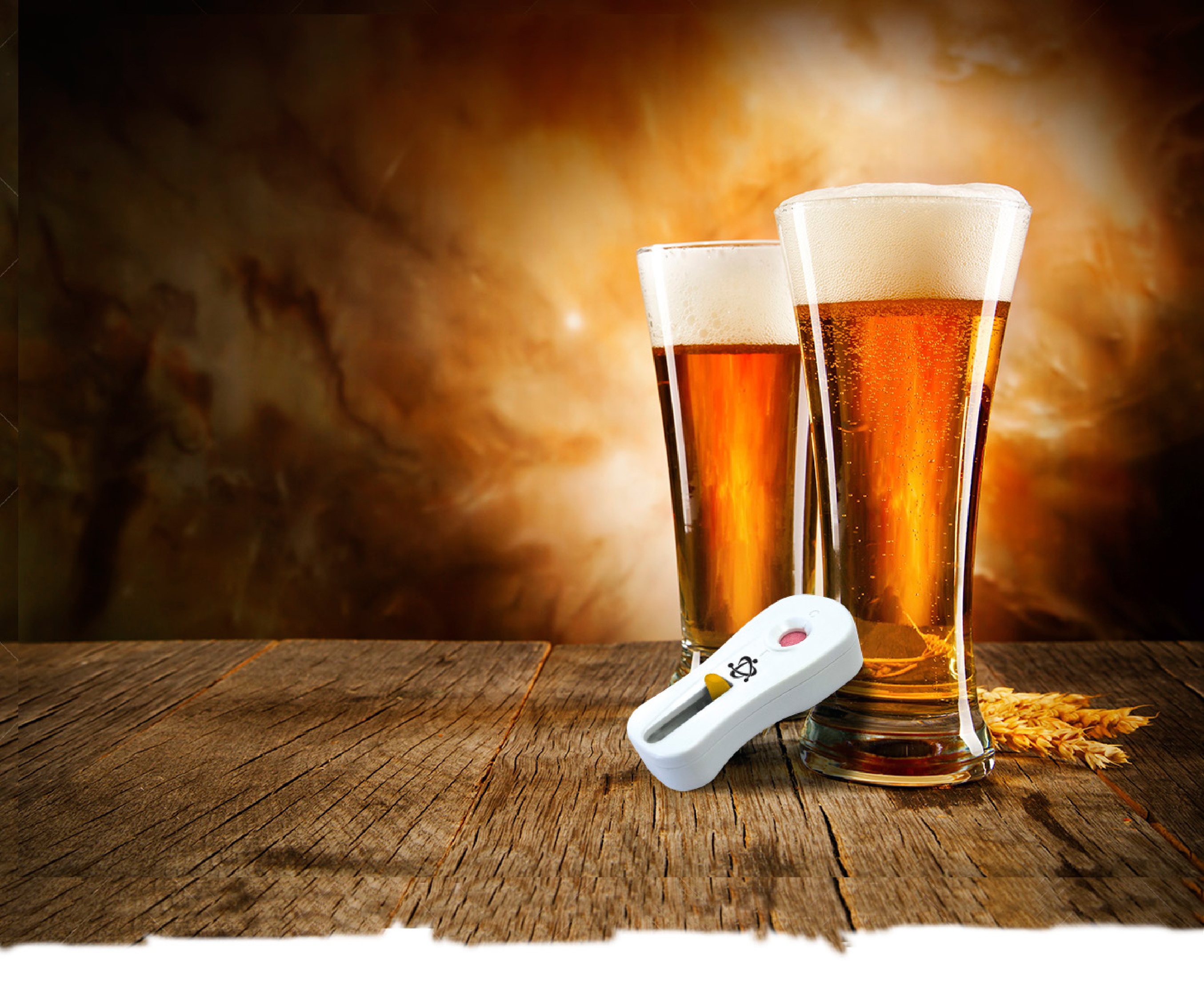
New technology keeps Brettanomyces at bay
Craft brewers who are increasingly embracing sour and barrel-aged beers leave themselves open to unwanted contamination by Brettanomyces if they do not manage the risk accordingly, says Andrew Odd, scientific division manager at AMSL Scientific.
In this sponsored post, he explains what is Brettanomyces, when it is likely to arise and how new technology can detect and mitigate it before off-flavours are produced. [JA]
Brettanomyces (Dekkera) species is a group of wild yeasts that are considered to be spoilage organisms in most varieties of beer. They produce 4-EP,4-EG and isovaleric acid which impart off flavours that can be characterised as “banyardy”, “medicinal” and “plastic”, to name a few descriptors.
Brettanomyces can also be a problem associated with barrel-aged beers. Contamination from the barrels themselves, plus ideal growing conditions in the barrel mean that these styles are particularly susceptible to the effects of this group. It is important that brewers test and monitor their products to ensure spoilage is not occurring.
Almost ironically, some styles can actually benefit from the addition of Brettanomyces. There is a small but growing interest in creating European style sour beers which utilise organisms such as Brettanomyces to create complexity and flavour profiles which can be described as “earthy”, “fruity” and “funky”. However a brewer needs to take care that these organisms are not cross contaminated into other products.
Traditionally the standard method for the detection of Brettanomyces has been microbiological plating. A major drawback to microbiological testing is that it takes up to two weeks to get a result. It is possible to detect Brettanomyces before it has produced any off-flavours, so a faster test would be beneficial. Furthermore when stressed, the organism can enter a viable but non culturable (VBNC) state which means that it will not grow on a plate, potentially giving you a false negative.
Now, there is a new test available for rapid screening of Brettanomyces in beer; brewDEK, powered by Veriflow. The Veriflow technology combines the accuracy of DNA detection, with the simplicity of flow-based assays. Veriflow is already in use by many brewers worldwide, using the proven platform for detecting hop resistant Lactobacillus and Pediococcus.
brewDEK is validated across all styles of beer, in-process beer, pitching yeast, and for environmental samples. As a screening tool, brewDEK provides brewers with rapid results in less than four hours regarding the presence or absence of a broad spectrum of wild yeast species in beer or raw materials.
In addition to same day results, brewDEK will also detect cells which have entered into the VBNC state. With the information provided to the brewer by the test, a decision can be made whether to rework the product, discard it, or avoid cross contamination, all leading to improvements in quality.
brewDEK is available in Australia from Australasian Medical and Scientific Ltd.For further information please visit: www.amsl.com.au
This post has been prepared and sponsored by Australasian Medical & Scientific Ltd, the Australian agent for brewDEK, powered by Veriflow.




